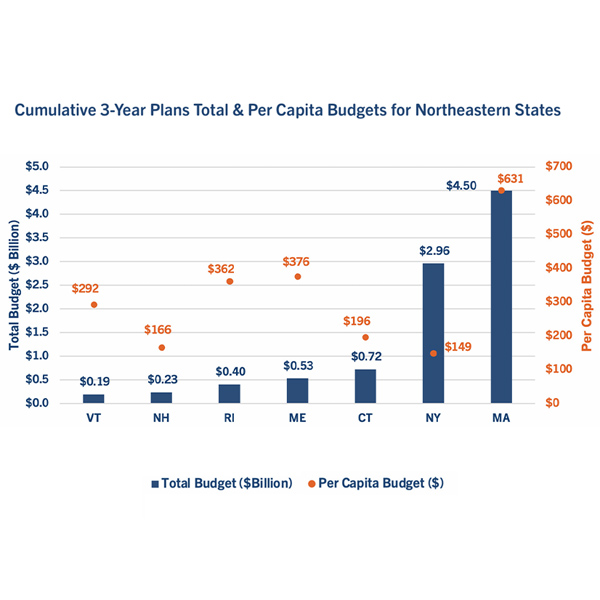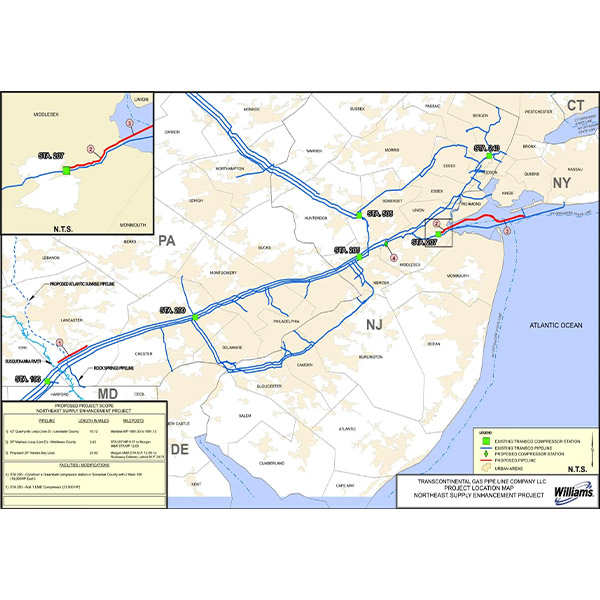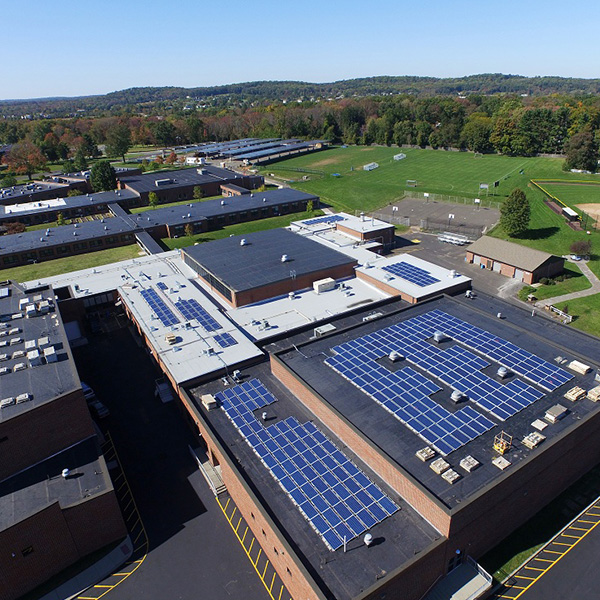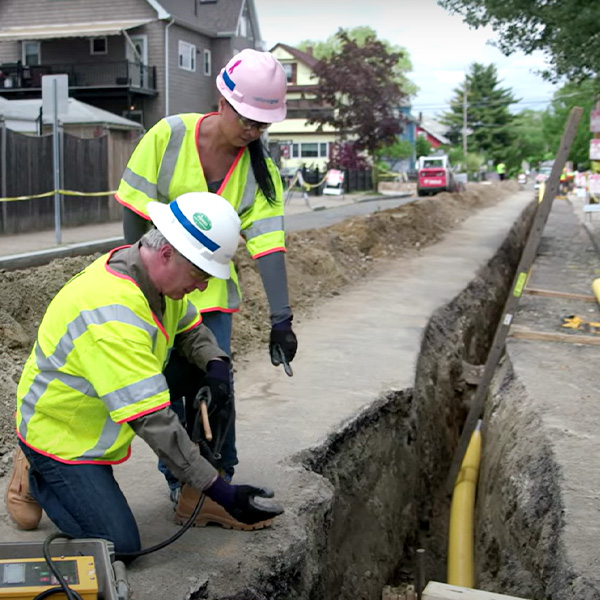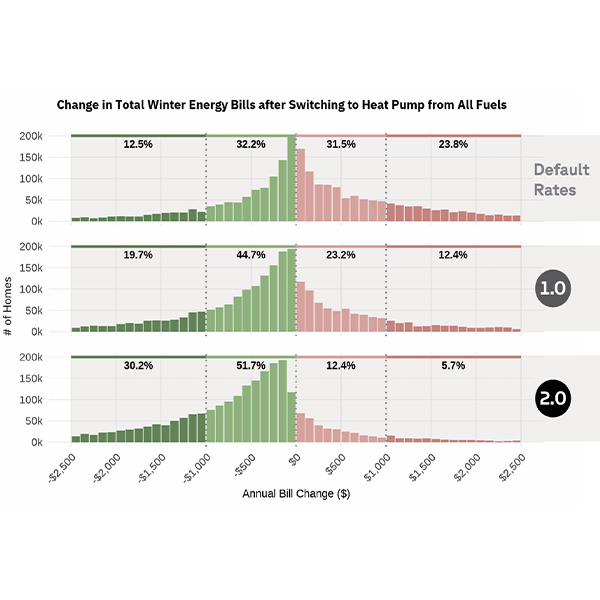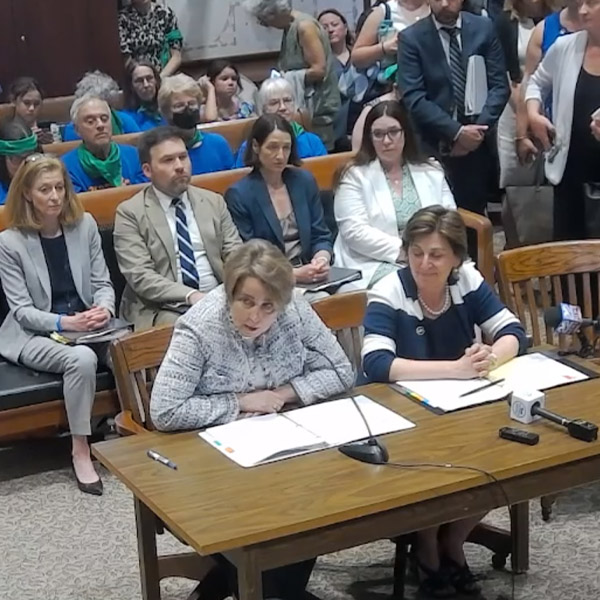Building Decarbonization
Projected energy efficiency investments in New England over the next three years will generate an estimated $19.3 billion in lifetime benefits, returning $2.93 for every dollar spent, according to new analysis by the Acadia Center.
Rising demand and power bills are giving an extra push to expand demand-side management programs, but experts said the industry needs to do more to educate consumers to take advantage of the resources.
New York, frenetic at the best of times, bordered on frantic when Climate Week coincided with the U.N. General Assembly meeting, writes Dej Knuckey.
Climate and consumer advocates called on Massachusetts lawmakers to preserve the state’s energy efficiency programs as legislators work to develop an energy affordability bill in response to high gas and electricity costs over the past winter.
It is only because of special interests that local and state governments would even consider prohibiting consumers from choosing natural gas as an energy source to meet their space, water heating, and cooking needs, writes energy economist Ken Costello.
A controversial natural gas pipeline proposal got a boost as the New York Public Service Commission approved the long-term plan for the state’s largest gas delivery system.
New Jersey's latest draft investment plan for its Regional Greenhouse Gas Initiative funds would broaden the state's portfolio to include electrifying multifamily housing and accelerating investment in wind and solar infrastructure.
The Massachusetts Department of Public Utilities directed the state’s gas distribution companies to revise their line extension policies and require new customers to cover the cost of new hookups, with limited exceptions.
Strong winter discounts on electricity delivery rates are needed to more fairly charge Massachusetts homes with heat pumps for their share of grid costs, according to a new report commissioned by a coalition of environmental groups.
Clean energy advocates and a range of stakeholder groups expressed support for a sweeping energy bill introduced by Massachusetts Gov. Maura Healey while offering suggestions for avoiding “unintended consequences.”
Want more? Advanced Search
